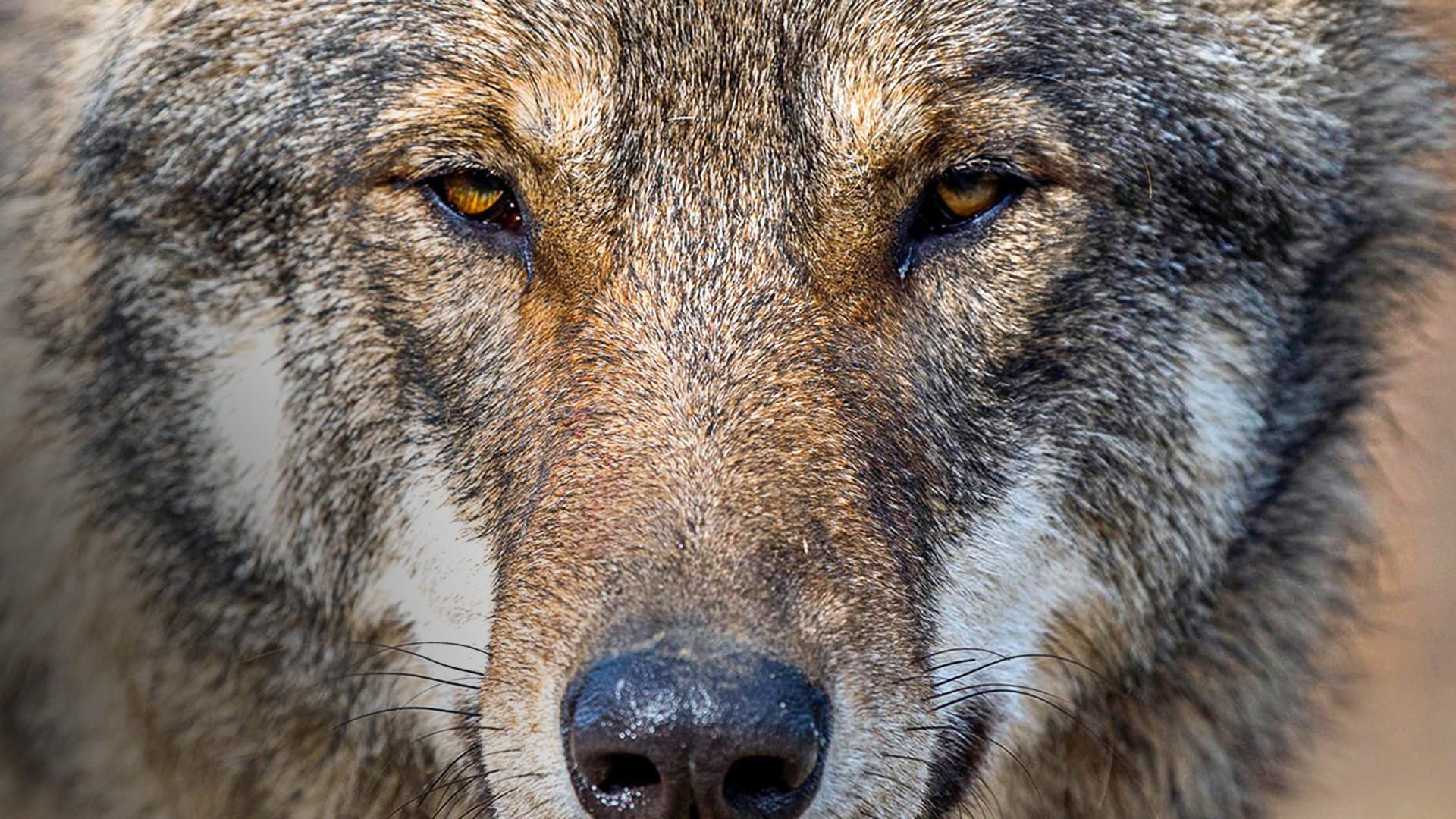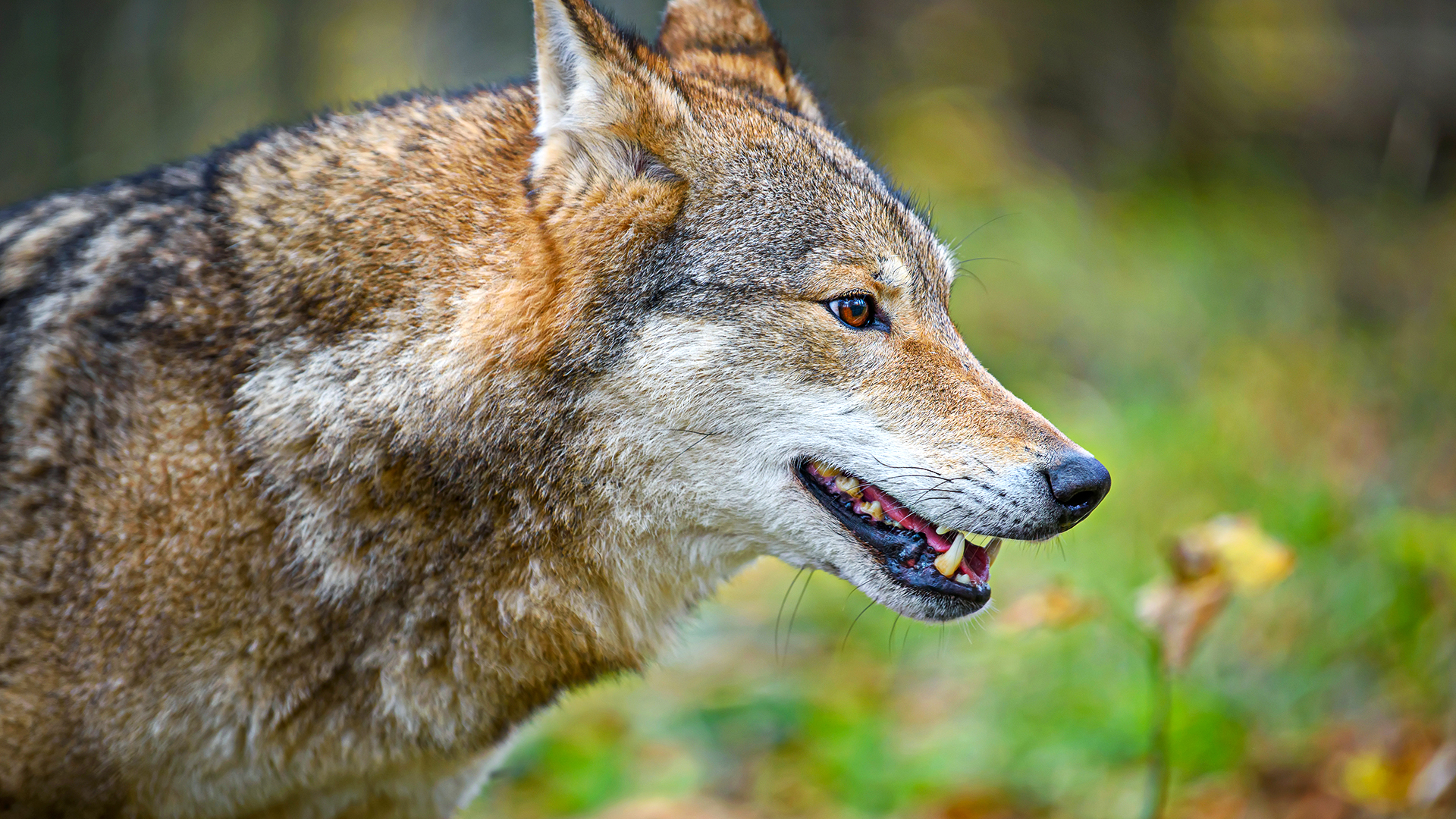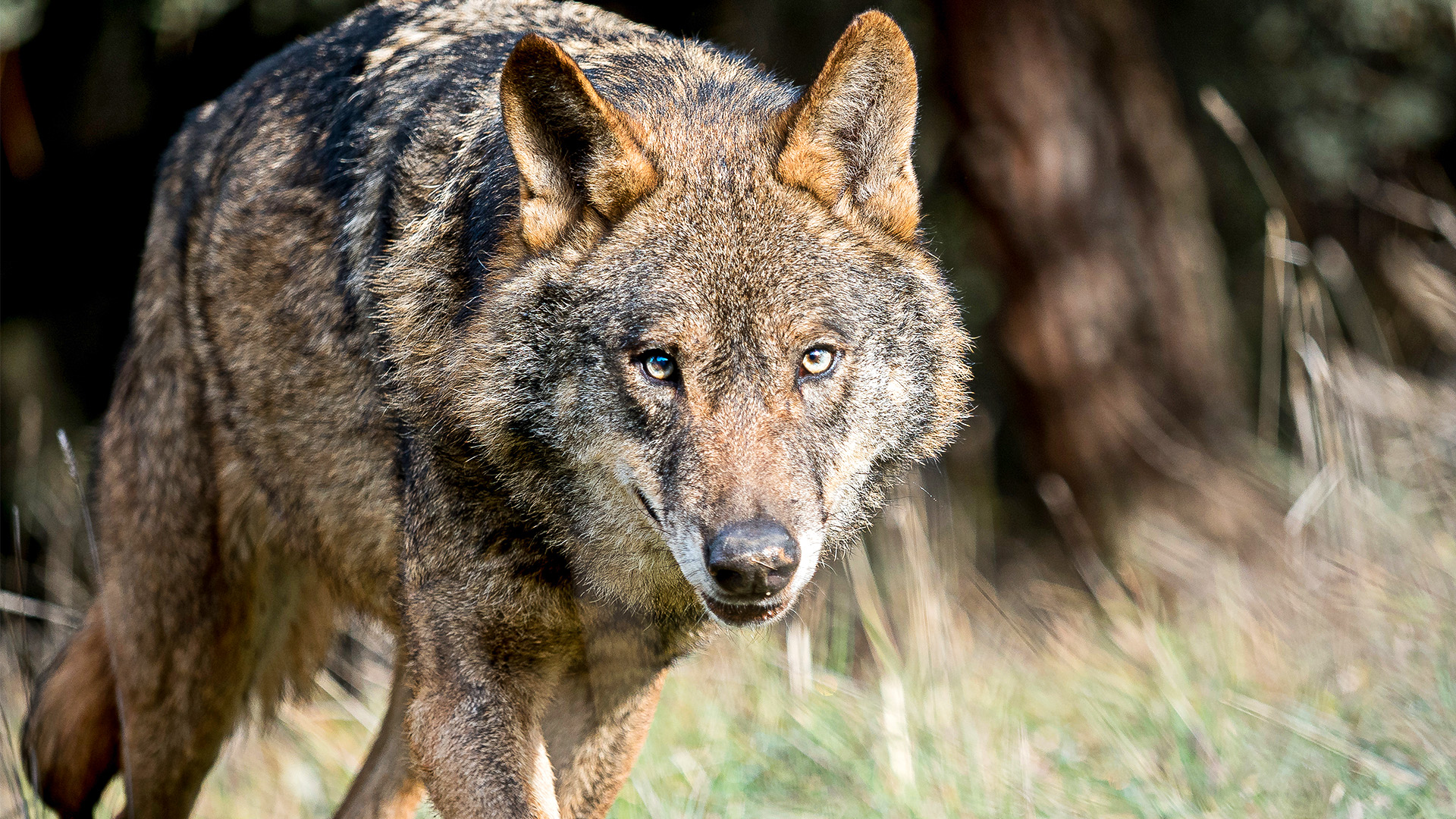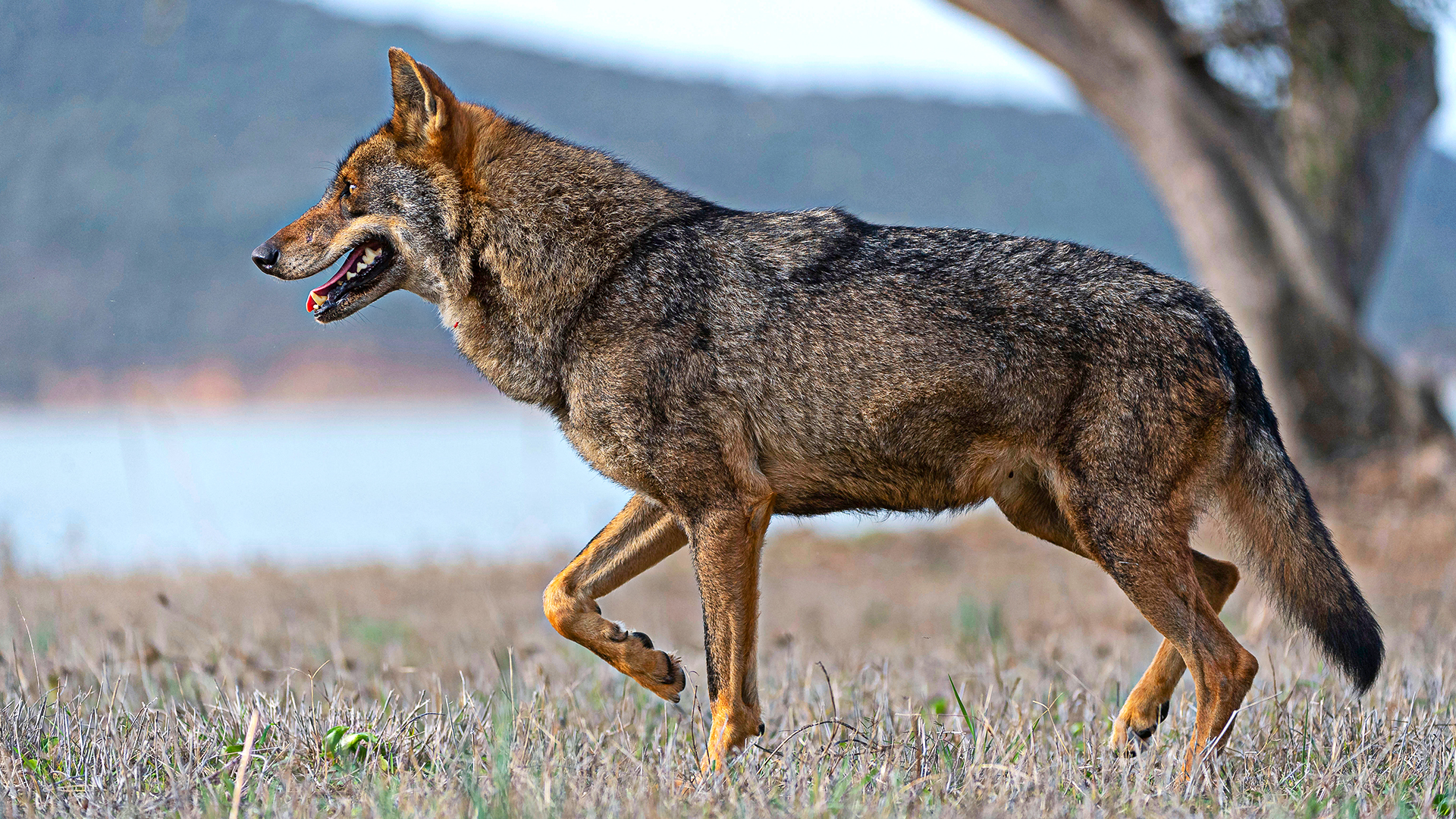There is much more to know about this beautiful animal, aside from its physical characteristics, such as how it is socially organized. Living in packs, wolves have a very well-defined hierarchy where everyone recognizes and respects their role and are quite loyal to the group.
Packs are usually formed by a dominant couple and their descendants, ranging throughout the year from two (in winter) to ten individuals (between the end of summer and the beginning of autumn). However, this number changes depending on the time of year and the amount of food they have access to in their different habitats, whether forests, woodlands or shrublands.
As for reproduction, it takes place once a year between March and April and pups are born after two months of gestation, around June. As for its number, the average number is 5 and can vary between a minimum of 1 and a maximum of 11 pups.
The Iberian wolf hunts for food in packs and ideally eats about 3 to 5 kilos of food per day, mostly small rodents and wild ungulates such as roe deer, deer and wild boar, the preferred food.
Unfortunately, with the decrease of large species, the wolf is forced to feed on domestic animals. For this reason, it enjoys legal protection in Portugal in order to preserve and recover this species. This species has the status of “Endangered”, according to the Red Book of Vertebrates of Portugal. Its killing is thus prohibited and in case of attacks on herds, their owners are compensated monetarily. The Iberian wolf is also protected by several Conventions, such as the BerneConvention, CITES and the Convention on Biological Diversity.
To counter this situation, the Montesinho Natural Park implemented the HabMonte project, recovering mud areas and managing forest areas. This initiative is promoted by the ICNF and aims to contribute to the protection and conservation of protected natural habitats and to the enhancement of the habitats of both the Iberian wolf and its preys, deemed fundamental for the balance of ecosystems. According to the ICNF: “Recovering these pastures allows the herbivorous wildlife of the Montesinho Natural Park to scatter throughout the territory – in particular, deer, roe deer and wild boar –, which thus find greater food availability outside the agricultural perimeter of the villages. The scattering of these animals also benefits the Iberian wolf, whose natural prey is large herbivores, thus keeping them away from villages and herds”.
Also in the Peneda-Gerês National Park, comprising 70,000 hectares of natural heritage and unique biodiversity, this species is part of the first protected area created in the country, part of the National Network of Protected Areas, managed by the Institute for the Conservation of Nature and Forests (ICNF). And this is where the parent population of the Iberian wolf is located in Portugal.






